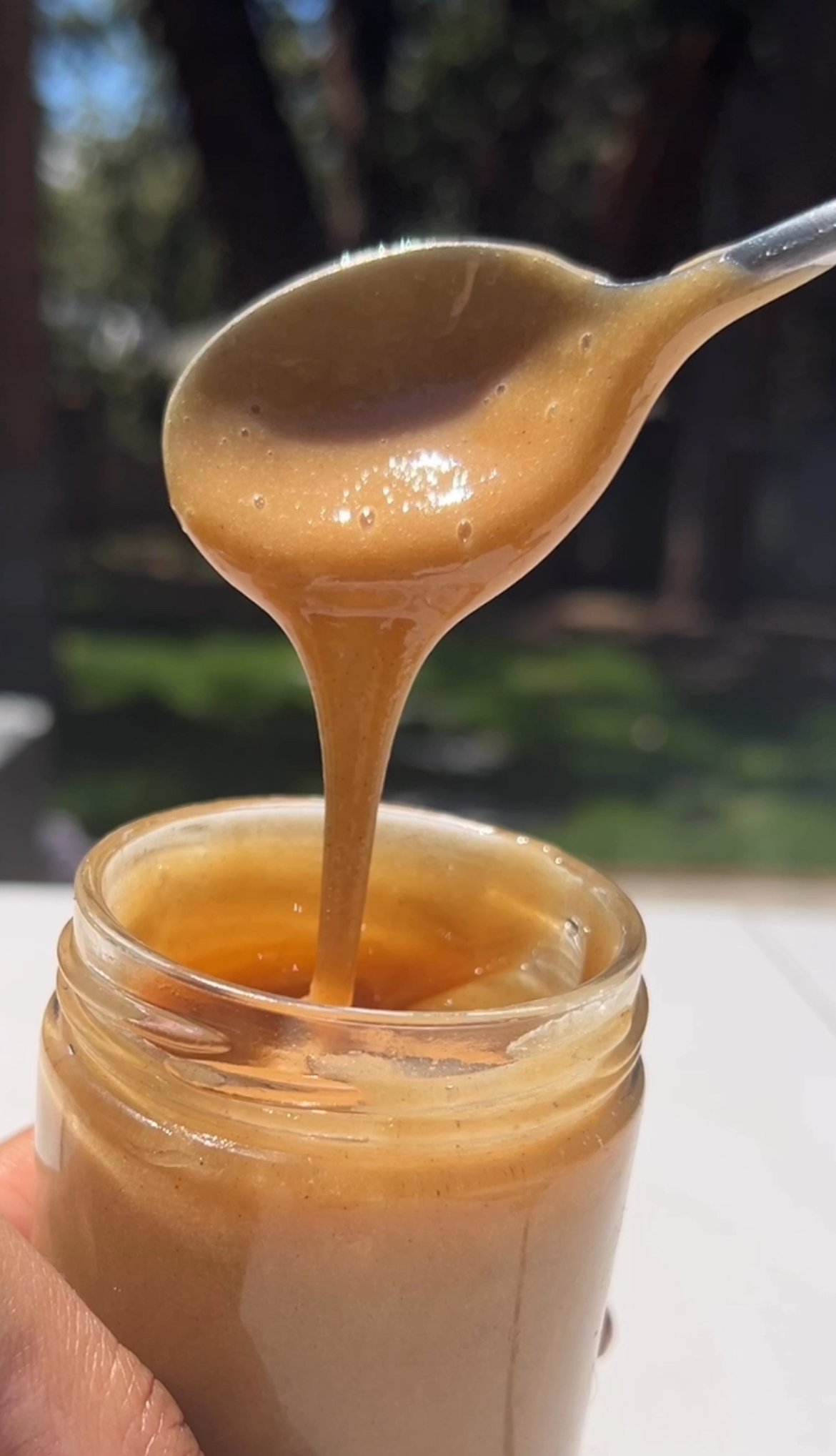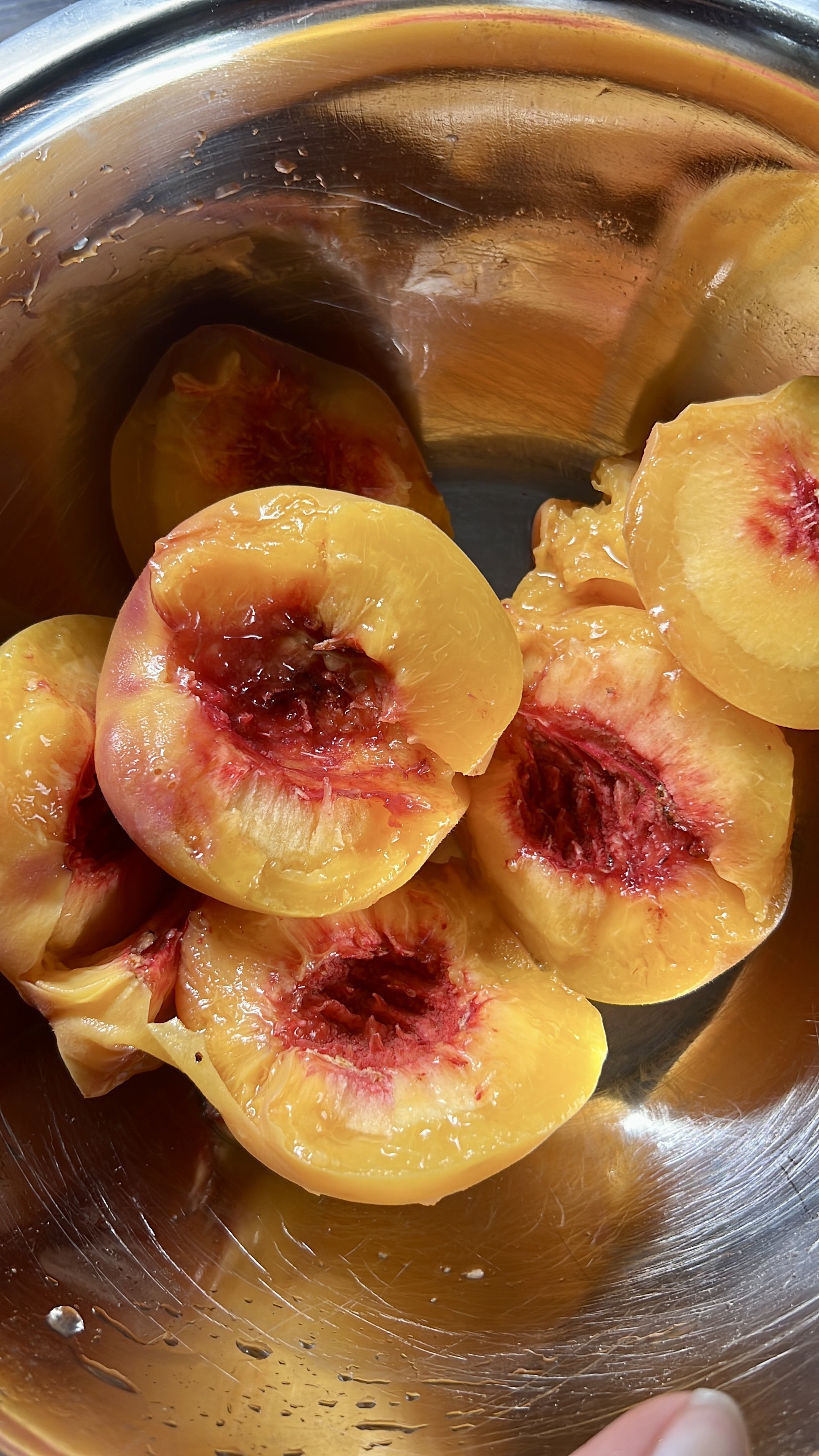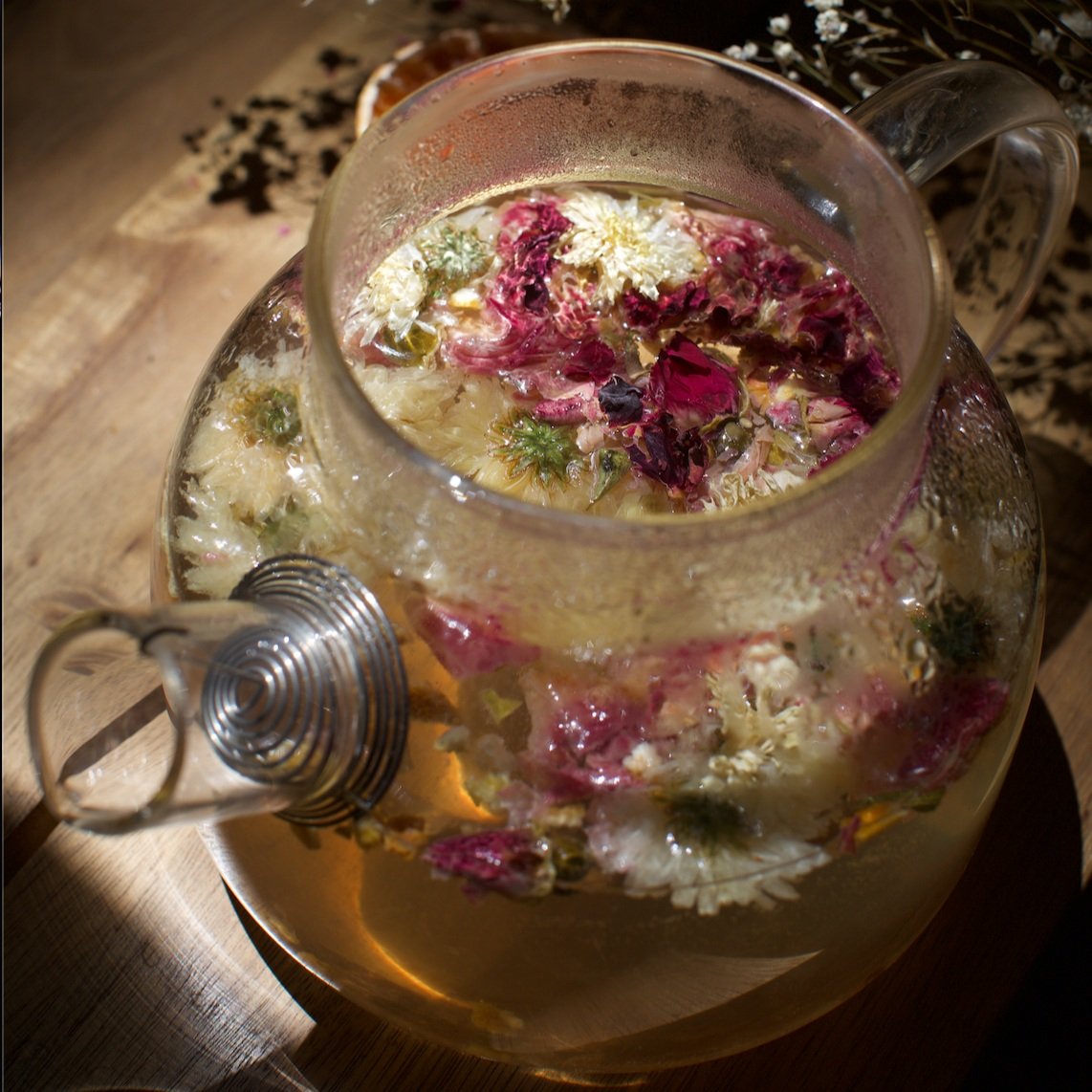Rose: The Heart Herb
Botanical Name: Rosa spp.
Family: Rosaceae (Rose family)
Growth Habit: Roses are deciduous shrubs or small climbing plants, depending on the species, with some varieties reaching heights of up to 7 meters (about 23 feet).
They thrive in a wide range of climates and are cultivated worldwide, with some species native to Europe, Asia, Turtle Island, and the Middle East.
Leaves: The leaves are pinnately compound, with each leaf divided into 3-7 serrated leaflets.
They contain essential oils and tannins, contributing to rose's astringent and healing properties.
Flowers: Roses produce flowers in various colors, including red, pink, white, and yellow, with a characteristic fragrance that is both sweet and spicy.
Active Bio-Compounds
Flavonoids: Antioxidants like quercetin and kaempferol provide anti-inflammatory benefits.
Tannins: These contribute to the astringent, wound-healing qualities of rose petals and leaves.
Vitamin C: Particularly high in rosehips, providing immune support and antioxidant properties.
Volatile Oils: Geraniol and nerol are present in the petals, lending rose its calming fragrance and skin-soothing qualities.
Organic Acids: Such as malic and citric acid, which have mild preservative effects and promote skin rejuvenation.
The History of the Rose
The story of the rose, one of the oldest cultivated flowers, spans continents and centuries.
Roses belong to one of the most diverse flowering plant families that also includes apples, strawberries, and almonds.
Wild roses date back over 35 million years, according to fossil records, making them one of our most ancient flower ancestors.
During the Tang Dynasty (618–907 CE), flower cultivation flourished across China, and gardens of roses became cultural centers.
From Asia, the rose spread across the Northern Hemisphere, leading to the development of about 150 species, with the modern garden rose evolving from these wild varieties through thousands of years of human cultivation.
Roses carry a dual symbolism in their structure: the delicate, soft petals evoke warmth, attraction, and sensuality, while the thorns represent the challenges, pains, and sacrifices that often accompany deep love and life.
This balance between beauty and pain has made them powerful emblems for love’s complexity.
Rose in Herbal Medicine
The Rose is much more than just a romantic flower though; it’s a powerful herb in its own right.
The petals are cooling and astringent, which makes them perfect for calming inflammation—whether that’s in the body or the emotions.
Rose hips, the fruit of the rose plant, are packed with vitamin C, supporting immune health and offering a the body an energy boost.
Rose petals have antioxidants and vitamins, which make them an excellent ally for both internal and external use.
They are often used to calm anxiety, ease depression, and uplift the spirit.
They also have gentle laxative properties, making them helpful for relieving constipation and promoting healthy digestion.
In Traditional Chinese Medicine, rose is seen as a cooling herb, helping to balance emotions by reducing internal heat caused by anger or frustration, and protecting the liver from stress.
With its antimicrobial and anti-inflammatory properties, rose essential oil is used in skincare to reduce acne, redness, and signs of aging. Some studies even suggest that rose essential oil can help balance hormones. It is used to relieve menstrual pain and ease symptoms of PMS when applied as a massage oil or inhaled.
But it’s in the realm of emotional healing that rose truly shines. Rose petals in tea can help open the heart, creating space for both giving and receiving love.
It’s no coincidence that rose is often used in rituals focused on self-love, compassion, and emotional recovery.
Spiritual Healing and the Heart Chakra
And the rose has pretty much always been connected to the heart—not just in a romantic sense, but as a healer of emotional wounds.
In ancient Egypt, roses were deeply tied to spirituality and revered in the worship of Isis, the goddess of magic, healing, and motherhood.
Rose petals were used as part of rituals, symbolizing rebirth and protection, and to create balms and ointments for protection.
The Egyptians even included roses in the tombs of their pharaohs, considering them a link to love, the divine, and the afterlife.
When it comes to energy work, rose is deeply associated with the heart chakra, the energetic center of love, compassion, and emotional balance. The heart chakra, located at the center of the chest, governs how we relate to others and ourselves.
It influences our ability to give and receive love, as well as our capacity for forgiveness and empathy.
Rose’s connection to the heart chakra is why it is often used in heart-opening teas, meditations, and rituals. Rose invites us to move into a place of openness, allowing the free flow of love both inward and outward.
Soothing Rituals with Rose
Incorporating rose into your daily or seasonal rituals can bring profound healing and peace. Whether you’re creating a tea blend, a bath soak, or simply sitting with the scent of rose, the flower has a way of helping you slow down and reconnect with your heart.
Heart-Opening Rose Tea
Combine dried rose petals with other heart-supporting herbs like hawthorn berry or lemon balm for a nourishing blend that soothes the soul. Drink mindfully, allowing the warmth and gentle floral taste to settle your emotions.
Rose Bath Ritual
Add rose petals or rose water to your bath for a deeply relaxing experience. As you soak, envision the rose’s energy gently washing away any emotional burdens, leaving you with a sense of lightness and calm.
Rose Meditation
During meditation, place a fresh or dried rose at your heart center or hold it in your hands. Visualize the soft petals opening your heart, releasing any tension or emotional blockages.







